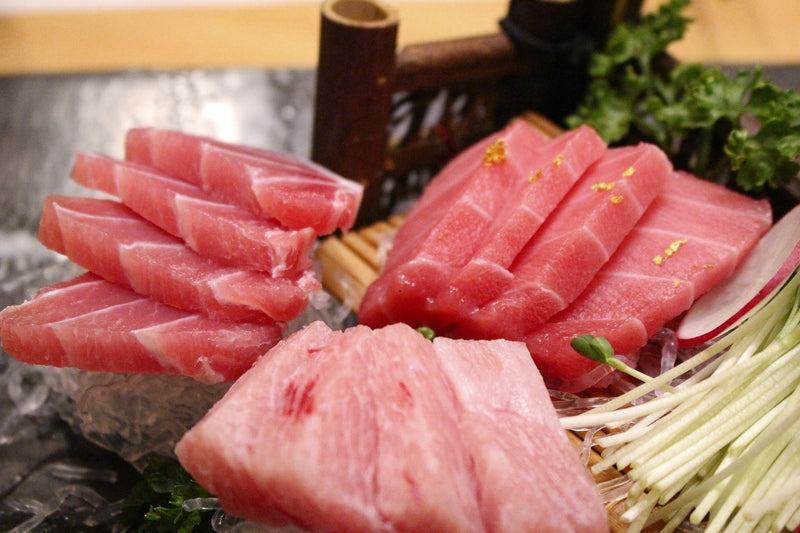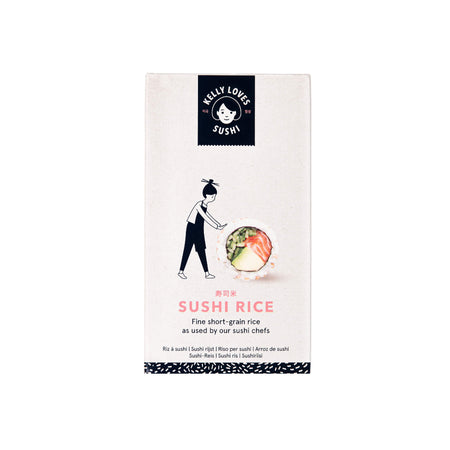Sushi-grade fish: a complete guide

What is sushi-grade fish?
You can’t just eat any old raw fish, it must be sushi grade. Sushi-grade is a term given to fish that is safe for humans to consume raw. However, the term itself is unregulated, which means there’s no set standards that deem a fish sushi grade. This is why you should be extra careful when purchasing ‘sushi-grade’ fish, making sure it’s been stored and handled correctly.
Essentially, when a fish is classified as sushi grade, it indicates that the fish is fresh, high-quality and has been treated with extra care to avoid the risk of food-borne illnesses. Usually, this means that the fish has been through a freezing process before selling. With raw fish being such an important part of sushi ingredients, it’s vital that extra precautions are taken.
What is the difference between sushi-grade fish and normal fish?
The key difference between normal fish and sushi grade is that the latter has been through a rigorous freezing process to eliminate parasites. Sushi-grade fish is also prepared differently to normal fish. When caught, sushi-grade fish are bled immediately upon capture, before being gutted and ice thoroughly. This all limits the time window in which disease can develop.
With the extra processes involved, sushi-grade fish costs more than normal fish.
Is sushi-grade fish safe?
Whether sushi-grade fish is safe or not very much depends on the seller. The main issue sushi-grade fish sellers face is trying to keep the raw fish free from any contamination, such as parasites. However, if sellers follow the FDA rules (more on this below) and take care when handling and preparing the fish, it should be safe for human consumption. What’s more, in Japan, they don’t even carry out a freezing process for their raw fish! And a tiny number of infections are reported each year, suggesting that sushi-grade fish should certainly be safe.
However, if you do eat contaminated sushi-grade fish, the symptoms are very similar to food poisoning, making it difficult to pinpoint the exact cause. Fish such as tuna can grow a harmful enzyme if temperatures go above a few degrees. So, it’s important to be extra careful when picking your sushi-grade fish seller and never eat any raw fish that looks or smells strange.
What are the FDA regulations on sushi-grade fish?
Whilst there are no concrete guidelines on sushi-grade fish, the Food Development Authority (FDA), have put regulations in place to ensure safe consumption of raw fish. The following are the FDA’s guidelines for “Parasite Destruction Guarantee” that must be followed when fish are caught:
- Freezing and storing at -20°C or below for 7 days
- Freezing at -35°C or below until solid and storing at -35°C or below for 15 hours
These freezing temperatures are meant to be enough to kill all the harmful parasites that can cause food poisoning. However, this entire freezing process must happen within 8 hours of the fish being caught.
Where do you buy sushi-grade fish?
There are plenty of options when it comes to sushi-grade fish. Some UK supermarkets even stock sushi-grade fish. However, fishmongers are often the most reputable option.
It’s a good idea to pop into any of your local sushi restaurants and ask them where they source their fish. That way, you know it’s high-quality and safe to consume. For extra peace of mind, ask the following questions to ensure the fish is safe:
- What’s your definition of sushi-grade fish?
- How was the fish sourced?
- How long has the fish been in the shop?
- How often is your equipment sanitised?
Still not sure? Here are some key green flags when shopping for sushi-grade fish:
- Smells like seawater
- Clear, slightly bulging eyes
- Red gills
- Firm flesh
- Intact scales
- No slime
How to store your sushi-grade fish?
The storage of sushi-grade fish is the most important aspect of food safety. You should transport the fresh fish back home on ice quickly, to avoid any formation of food-borne illnesses. If you plan to use it the same day (recommended), you should refrigerate it immediately. If not, freeze the raw fish right away. When thawing, do so in the fridge, so that temperatures don’t rise too much. And when preparing your sushi-grade fish, make sure to use clean utensils and work surfaces.
Phew, there’s a lot to learn about sushi-grade fish! Whilst it tastes so delicate, fresh and delicious, we need to be extra careful when it comes to raw food. Fancy trying to make your own sushi at home? Our sushi making kits have everything you need for delicious sushi in your own kitchen!









